Design and selection of LCD projectors

Projectors have long been included in our lives. They are used for displaying images on a large surface during presentations, for slideshows in meetings, or for teaching students. They are used not only for public purposes, but also at home. The range of such devices is very large, they all differ in design, manufacturer, but the main criterion is the picture reproduction technology. One type of technology is LCD devices.

What it is?
LCD projectors are multimedia devices equipped with three polysilicone LCD screens. Each of these panels is responsible for its own color. Matrices are built from a collection of individual pixels. In between there are control components that regulate their transparency. Then the light beams pass through the prism, are combined and displayed on the monitor screen through the connecting lenses.
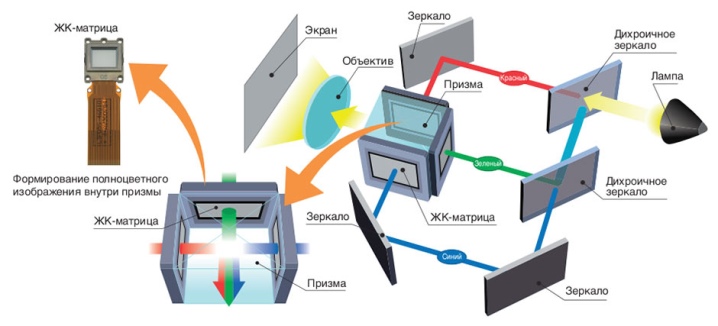
Principle of operation
An LCD projector works in the same way as an overhead projector. Only here the stream of light does not go through the film, but through the liquid crystal panel.... This panel is made up of a huge number of pixels that are controlled by electrical signals. The transparency of the pixels also depends on the strength of the electrical signals. The image on the screen also depends on them, where a specific pixel is directed.
The light from the lamp enters the optical unit and then onto the dichroic mirrors. Then one of the primary colors goes through its specific filter, and the rest are reflected further. As a result, the beam is divided into three colors: green, red and blue. Each of these colors has its own LCD matrix through which it passes. Then a color image appears on the screen.
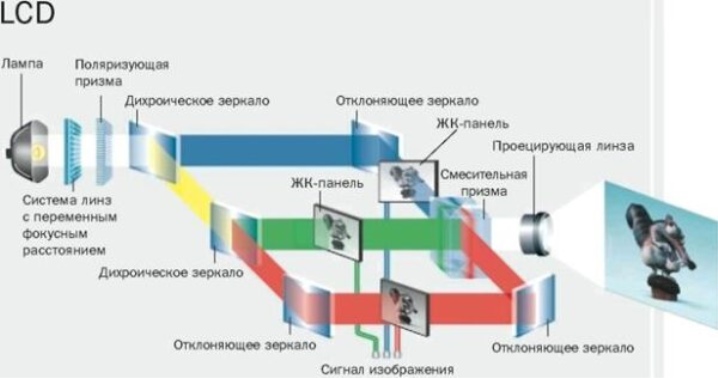
Monochrome is considered a feature of LCD technology.... This means that the output image is initially black and white, and then, when it passes a certain path, it becomes color. If you enlarge the liquid crystal matrix, you can see that it looks like a lattice. Its bars are control channels, and the gap between them is the points in the image. Light passes when they are open. When colors fall on the matrix, a monochromatic picture is formed. Only after it is sent to the prism, the multi-colored parts are connected and as a result a color image is formed, which is then projected onto the screen.

How is it different from DLP?
When comparing LCD projectors to DLP projectors, the difference is obvious. The main difference is how it works. DLP projectors produce images using reflection, their network flow is much larger and more powerful, so the image is crystal clear and smooth. The speed of such an image is much higher than that of LCD technology. It allows for slow frame switching, the picture does not jitter, and the pixels on the screen are almost invisible.

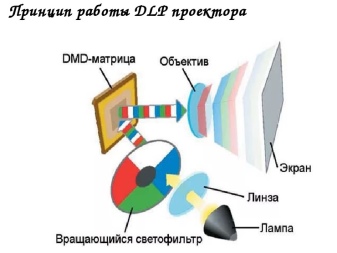
Also, DLP projectors are much lighter in weight, the design is equipped with not as many filters as LCD projectors, which means easier and cheaper maintenance. DLP projectors quickly pay for their work. But in order for them to work efficiently, a room with good illumination is needed. Very often in their image there is a "rainbow" effect, in cheaper devices the color may be distorted altogether. The operation of such devices produces noise.

LCD projectors produce good color and contrast.
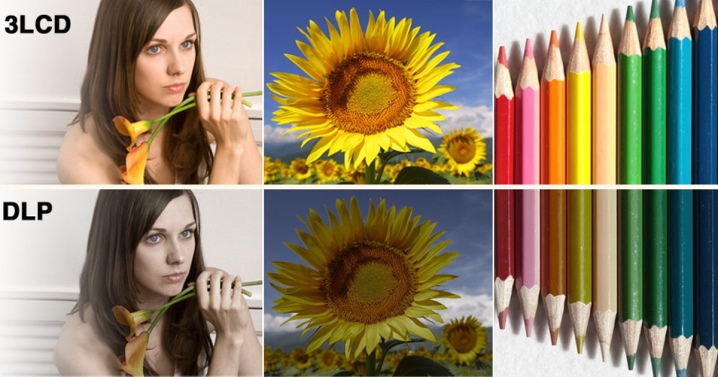
The possibility of mounting in such devices is unlimited, due to the large area of action of the lens optics.The work is very quiet, due to the fact that the filters do not move. In a well-lit room, the projector will produce richer hues than DLP devices. They generate less heat and consume little electricity. Thanks to the different matrices, you will not feel the "rainbow" effect.
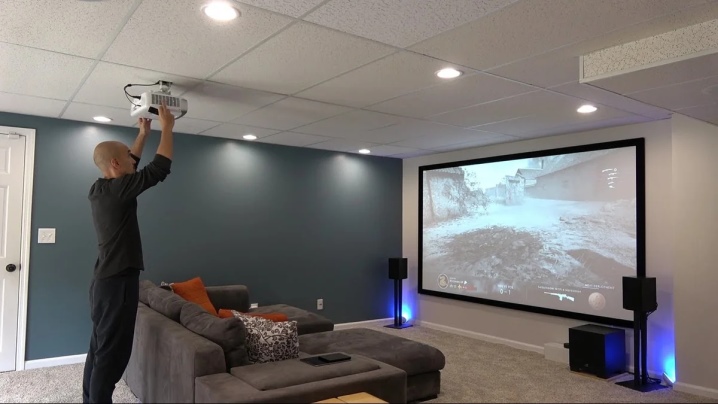
Unlike DLP projectors, maintenance of LCD devices requires constant cleaning and replacement of filters. They have a design that is more massive and heavier than DLP devices. Due to their low contrast, they can convert blacks to grays. After long-term use of such devices, there is a complete decay of colors. The use is limited to a certain resource, subsequently the quality of the picture deteriorates greatly.
How to choose?
To choose an LCD projector, you must first decide on its purpose. These can be portable and versatile options for presentations, home and professional devices. The lamp is a very important part of the projector. They are LED, mercury and laser.
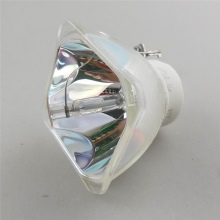
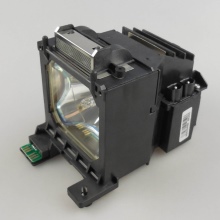

Laser lamps are more energy efficient and last for 20,000 hours of operation. Their service life is the longest in comparison with mercury and LED counterparts.
All models are distinguished by the brightness of the luminous flux... This unit represents the light output of the projector. The brightness for choosing a projector is determined based on where this device will be used. But the higher this indicator, the more contrast the image will be. The basic resolution index determines the size of pixel points per unit area. The larger this unit, the more pixels are within the same length or area, the higher the image detail.
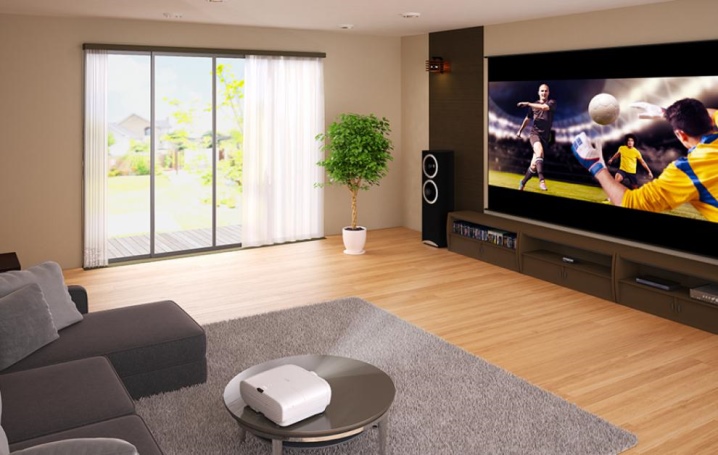
As for scaling, in more expensive models there is a fairly strong image processing algorithm by processor, which will save you from an unpleasant picture. The higher this indicator, the clearer the picture will be.... Each device has its own connectors and interfaces. This is a very important indicator when you are faced with its connection to a specific device.
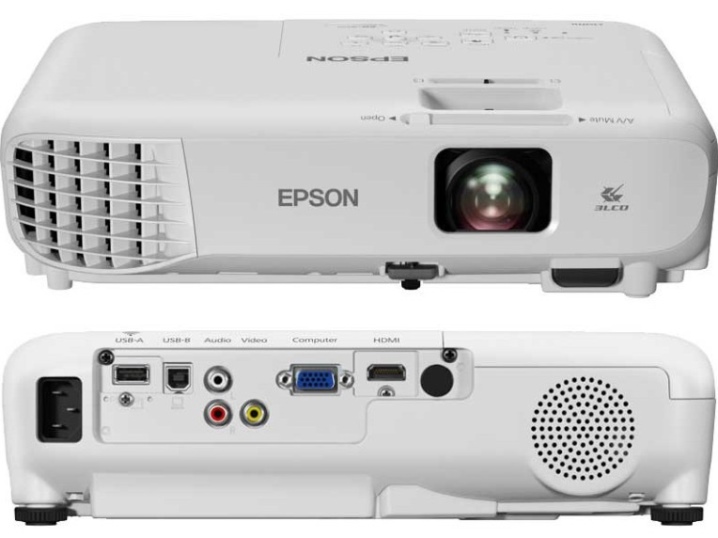
Choose devices with the most complete set of connectors.
Networking capabilities. Devices can connect through existing local network, through fast ad-hock connection, can have multi-screen operation. The choice of this parameter depends on the place of use. By the method of focusing, a distinction is made between manual and motorized devices. Motorized projectors will be more convenient.

In the video below you can see the rules for choosing projectors and familiarize yourself with the mistakes that are made when choosing LCD projectors.













The comment was sent successfully.